Description
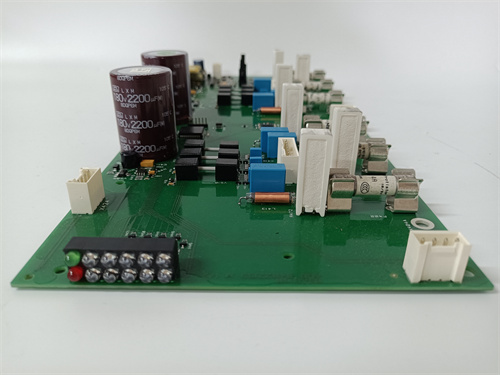
As a Rectifier Auxiliary Board1
- Basic Information: The model is DSAB-01C, with a part number of 64630199. It is a rectifier auxiliary board used in ABB top drive inverters.
- Features
- High Performance: It is designed to support the normal operation of the rectifier, helping to improve the efficiency and stability of the rectification process.
- Reliable Quality: Manufactured by ABB, it meets high-quality standards and has good reliability and durability.
As an Inverter Thyristor Trigger Board5
- Basic Information: It belongs to the inverter thyristor trigger board series, which is used to control thyristors in inverter circuits.
- Technical Parameters
- Operating Voltage: Usually AC 230V, 400V.
- Output Power: Up to 75 kW.
- Frequency Range: 40 Hz to 60Hz.
- Protection Class: IP21.
- Communication Protocol: Modbus, EtherCAT, CANopen.
- Environmental Temperature: -20 °C to +50 °C.
- Application Areas
- Power Electronics and Inverter Applications: It is mainly used in power electronics and inverter applications to convert DC power into AC power, such as in UPS (uninterruptible power supply) systems, frequency converters and power regulation equipment.
- Industrial Inverters: It may be used in industrial inverters to control and adjust the power supply of industrial motors, drives and other equipment.
- Wind and Solar Inverters: In renewable energy systems, it may be used in wind and solar inverters to convert the DC power generated by renewable energy sources into AC power.
- Power System Control: In power systems, it may be used to control current, voltage and frequency in the power grid.
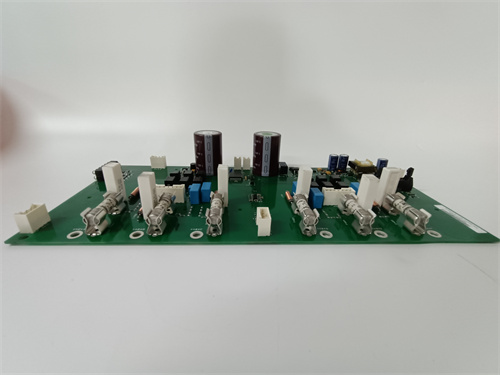
As a Digital Input/Output Master Control Board8
- Basic Information: It is a high-performance master control board with 8 digital input channels and 8 digital output channels.
- Technical Parameters
- Working Voltage: Generally 24V DC.
- Working Temperature Range: -20 °C to +60 °C.
- Communication Interface: Supports RS-232/RS-485 and other communication protocols.
- Features
- High Performance: It adopts advanced processor technology and high-speed data transmission interface to ensure the high efficiency of data processing and transmission.
- High Reliability: The master control board has excellent stability and reliability through strict testing and certification, and can operate stably in harsh industrial environments for a long time.
- Easy Integration: The modular design is easy to integrate with other ABB devices and systems, facilitating users to build complete industrial automation solutions.
- Rich Input and Output Interfaces: It provides a variety of input and output interfaces, including digital inputs and digital outputs, to meet the connection needs of different sensors and actuators.
- Application Areas
- Manufacturing Industry: It is used for automatic control and monitoring on production lines to improve production efficiency and product quality.
- Energy Industry: It is used for automatic control and data acquisition in power systems and energy management systems.
- Transportation: It is used for automatic control and signal transmission in the fields of railways, highways and aviation.
- Construction Industry: It is used for environmental control and energy management in building automation systems.
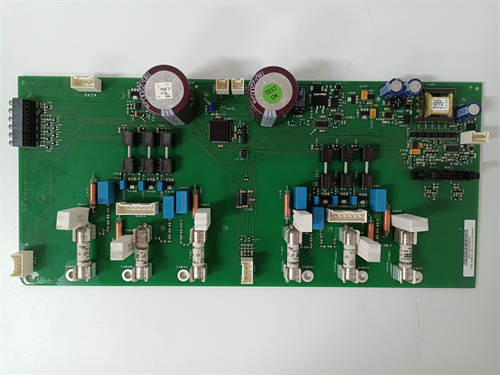





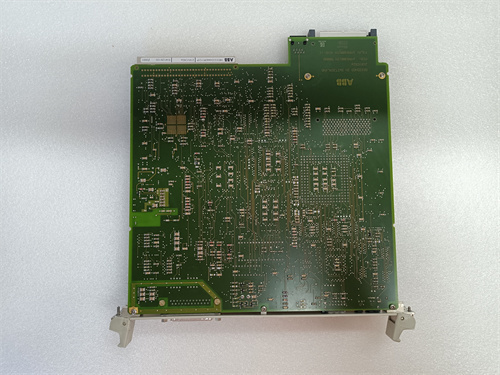
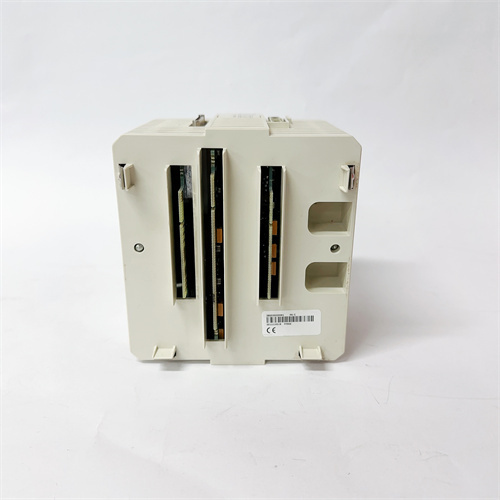
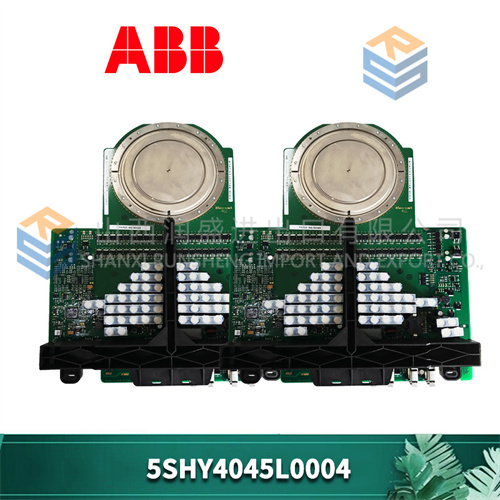


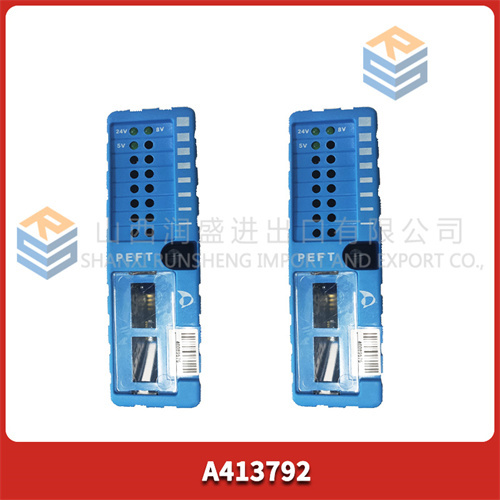
Reviews
There are no reviews yet.